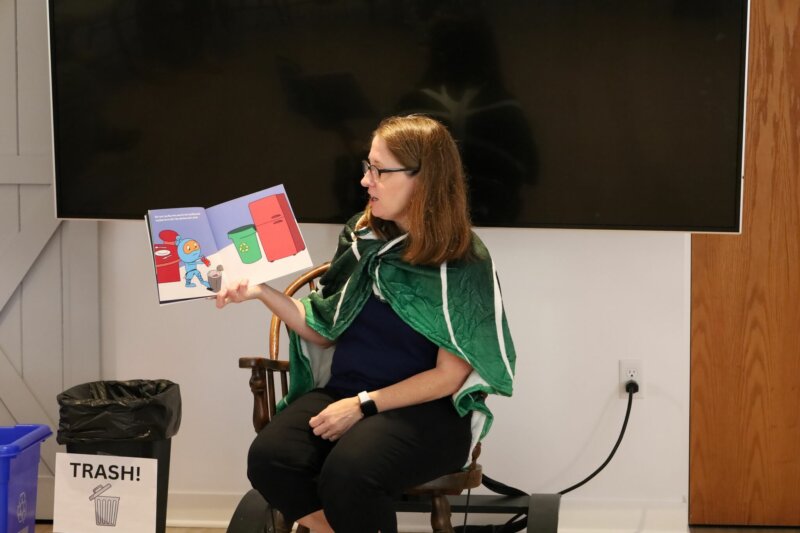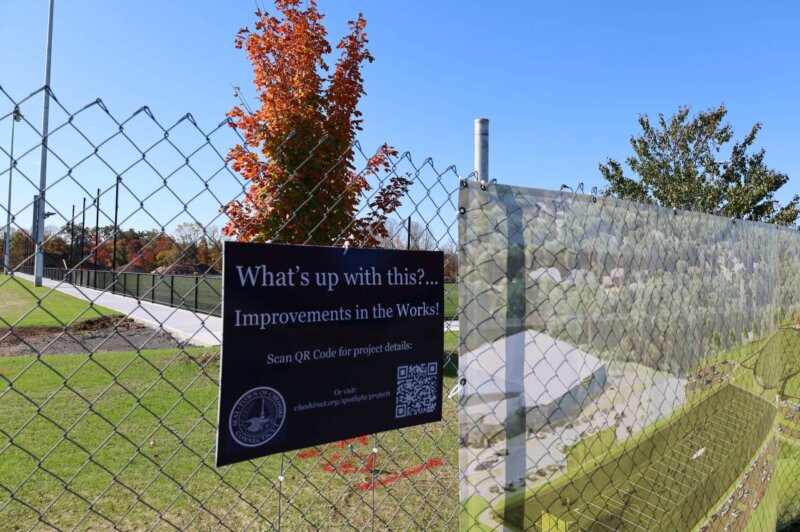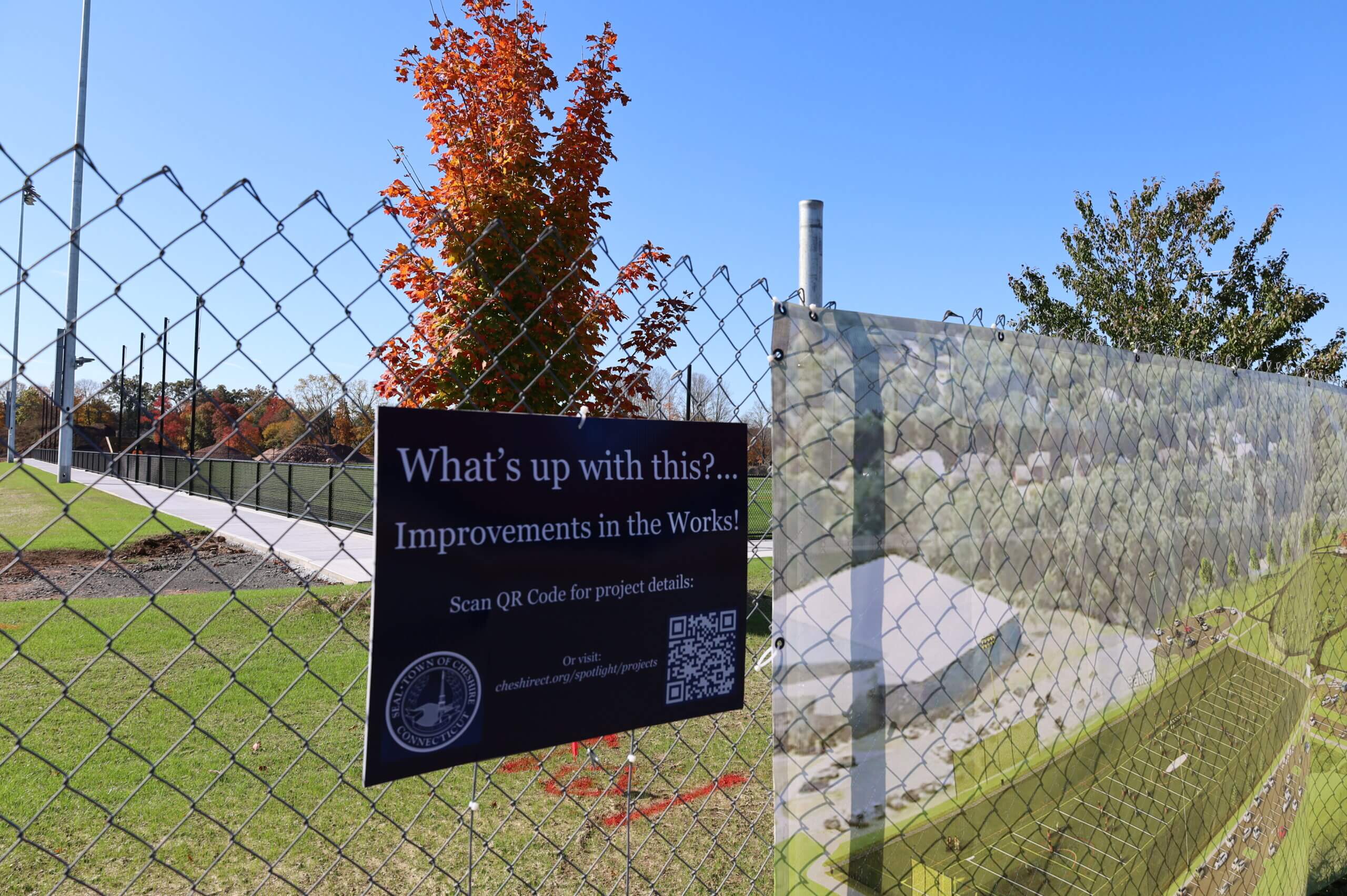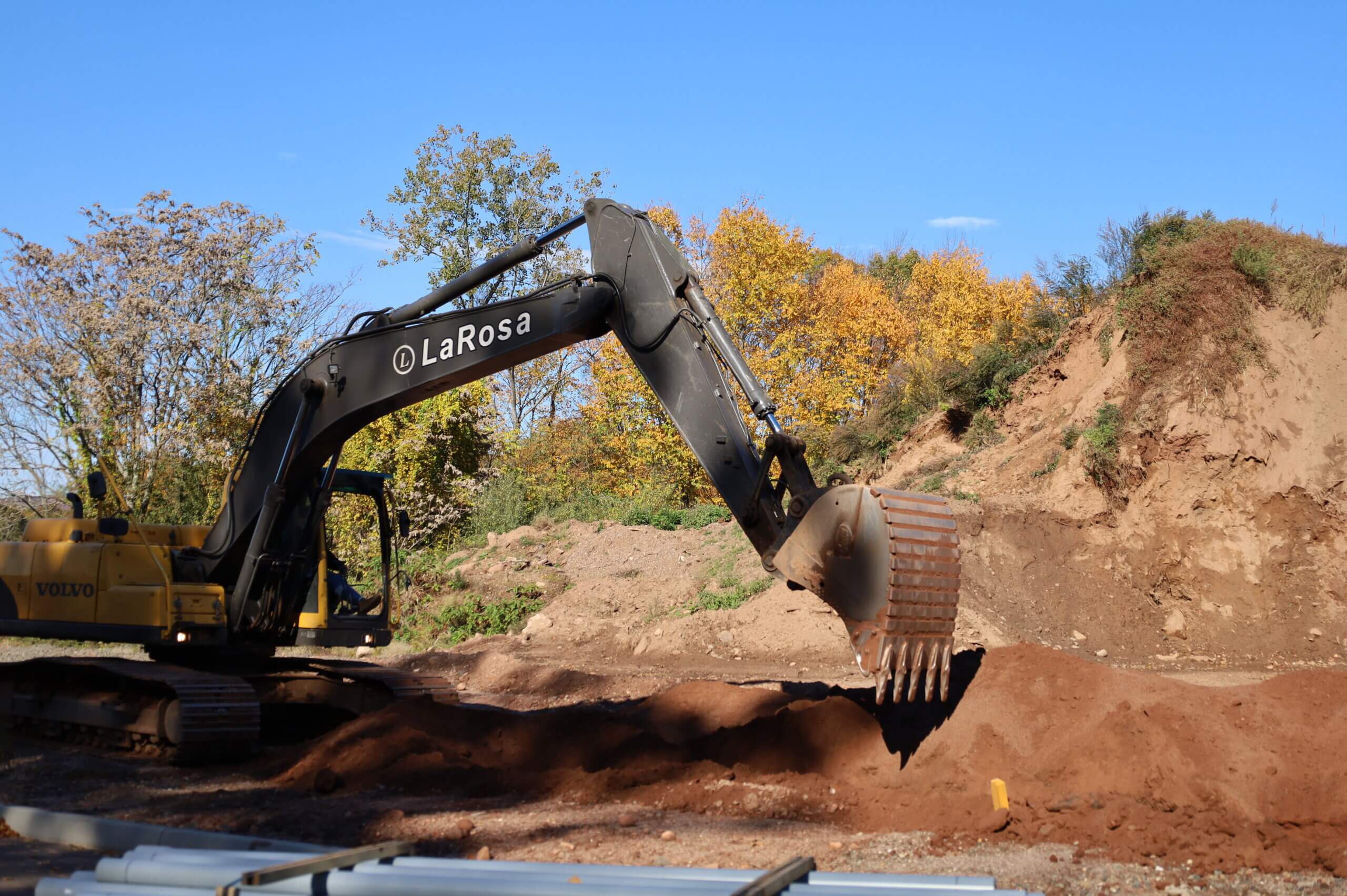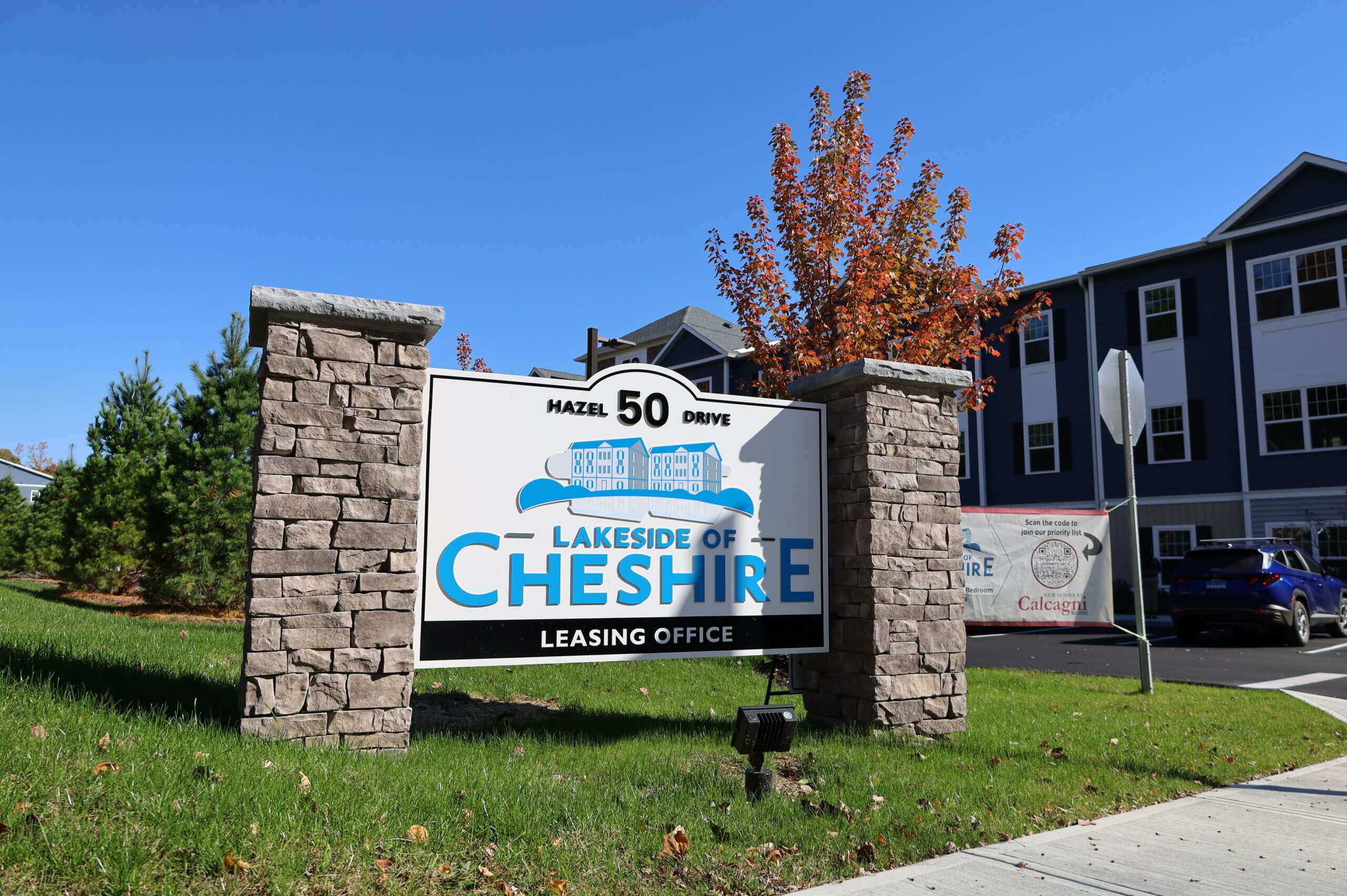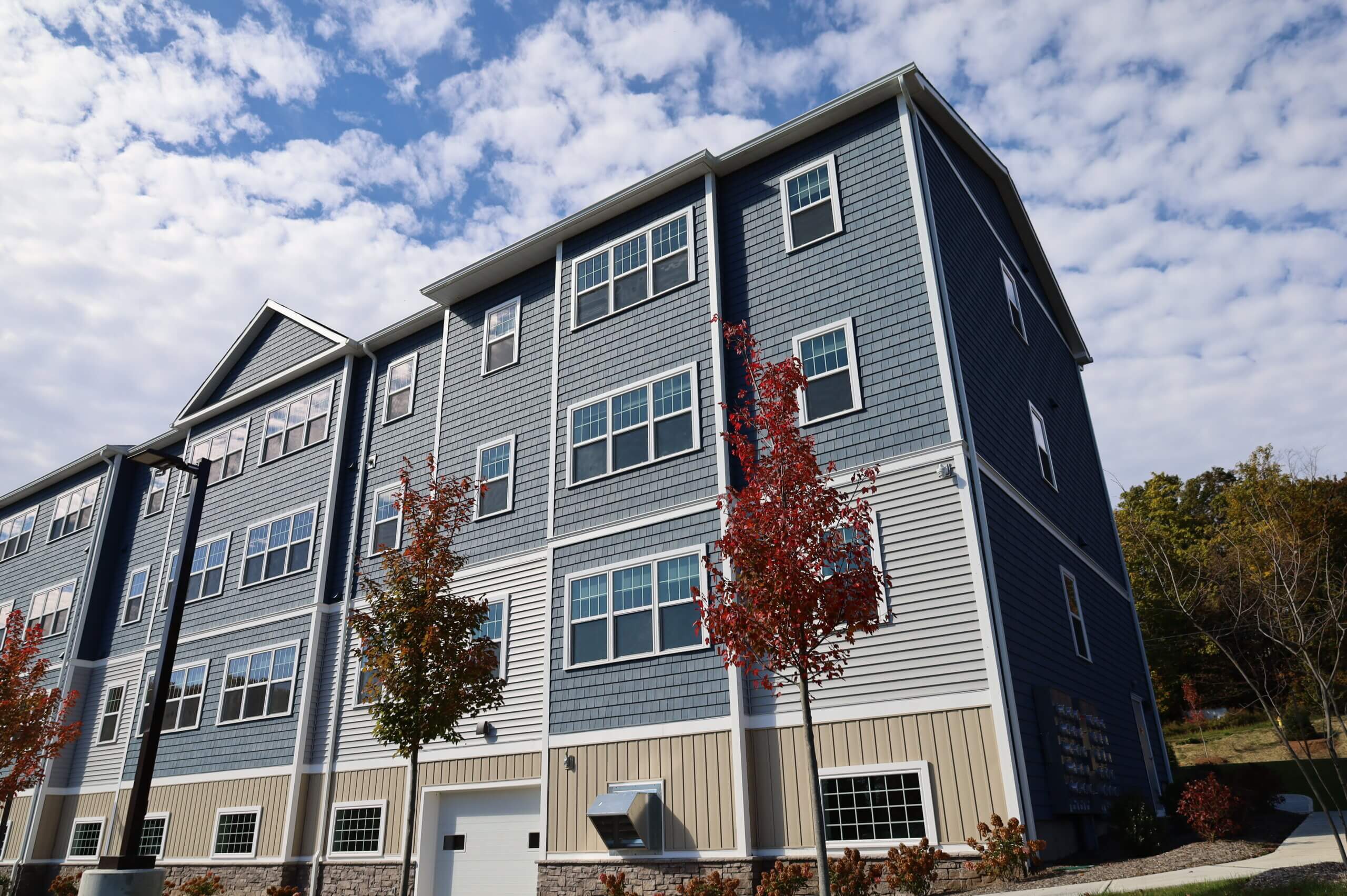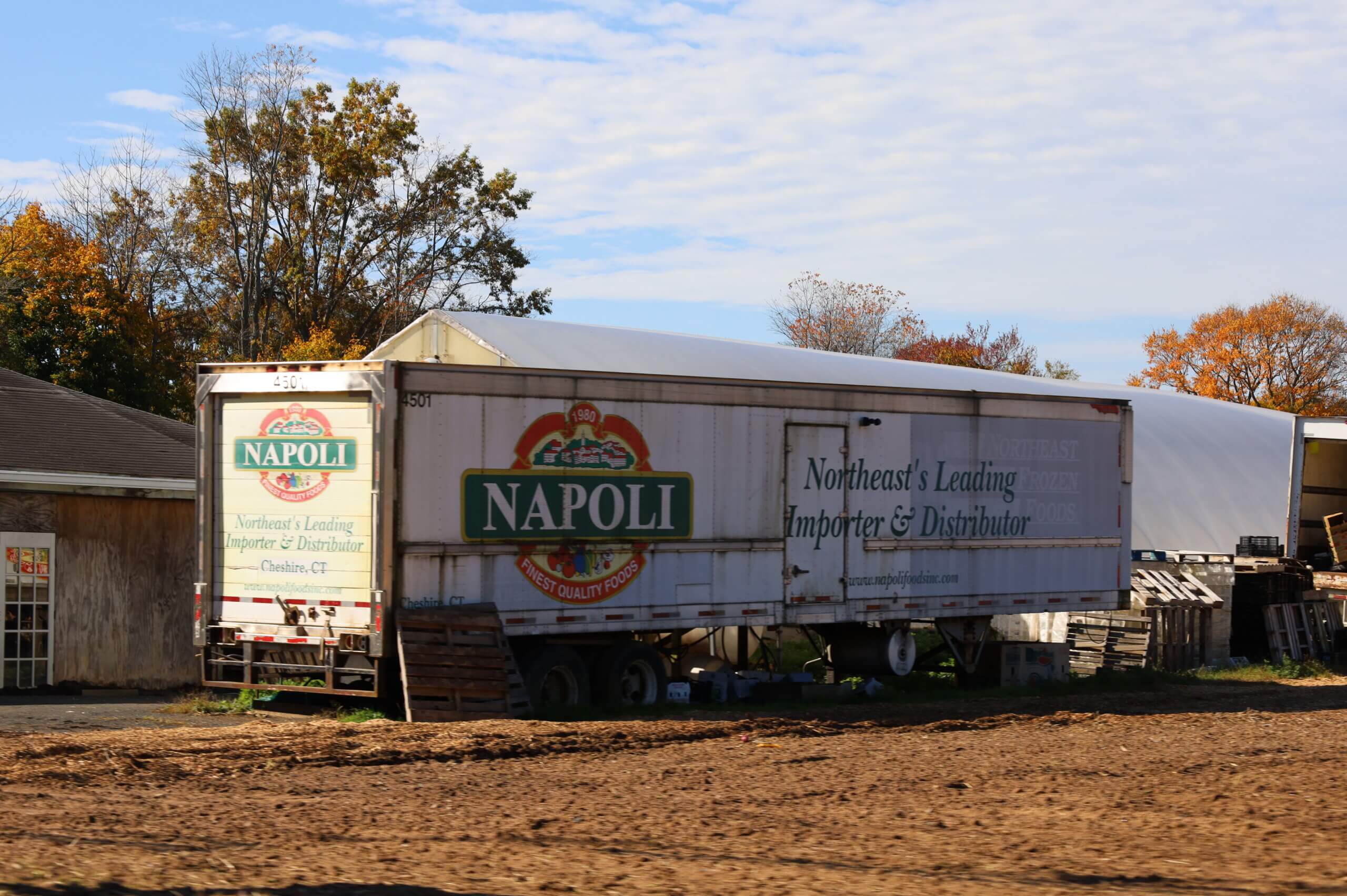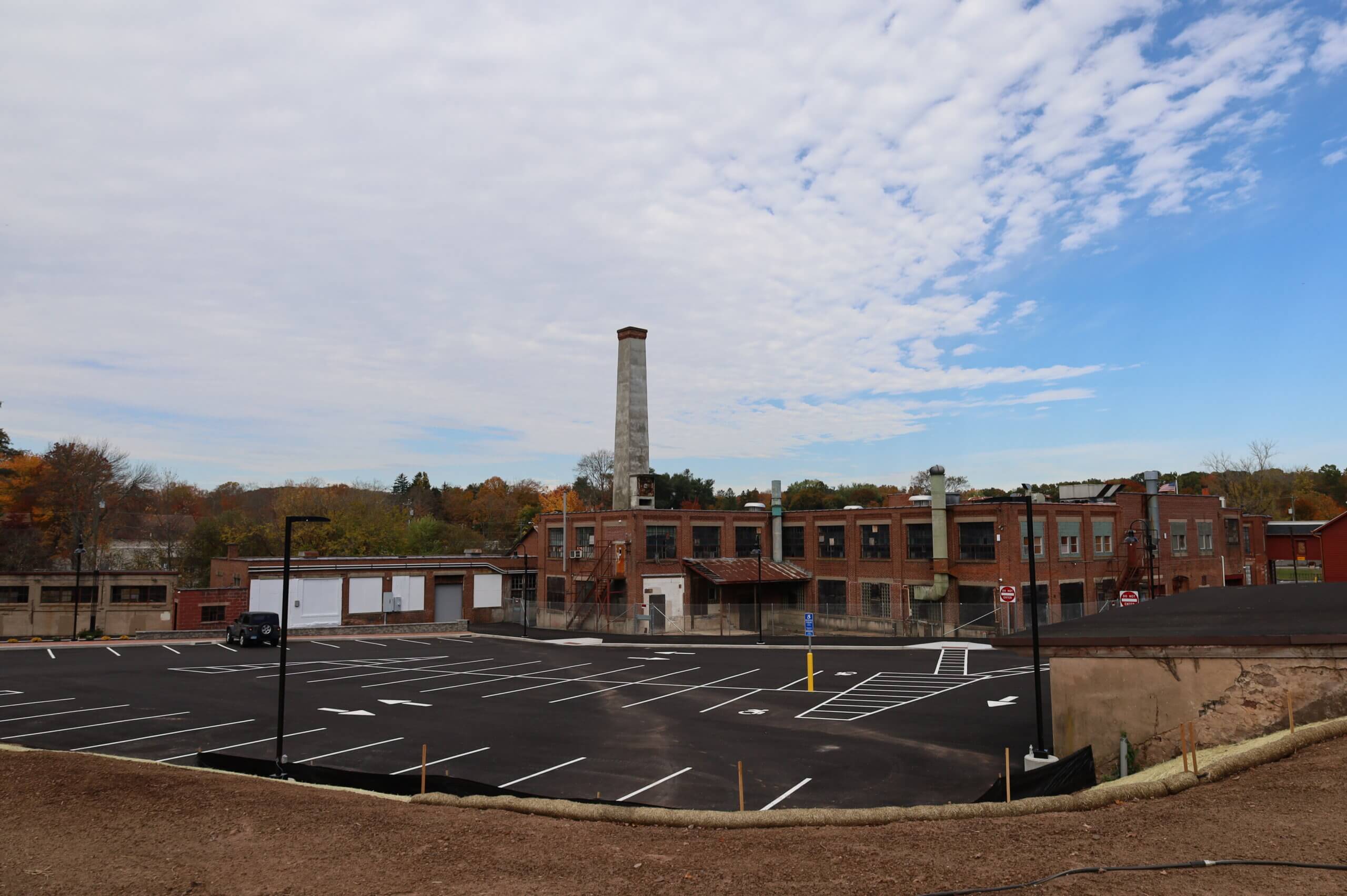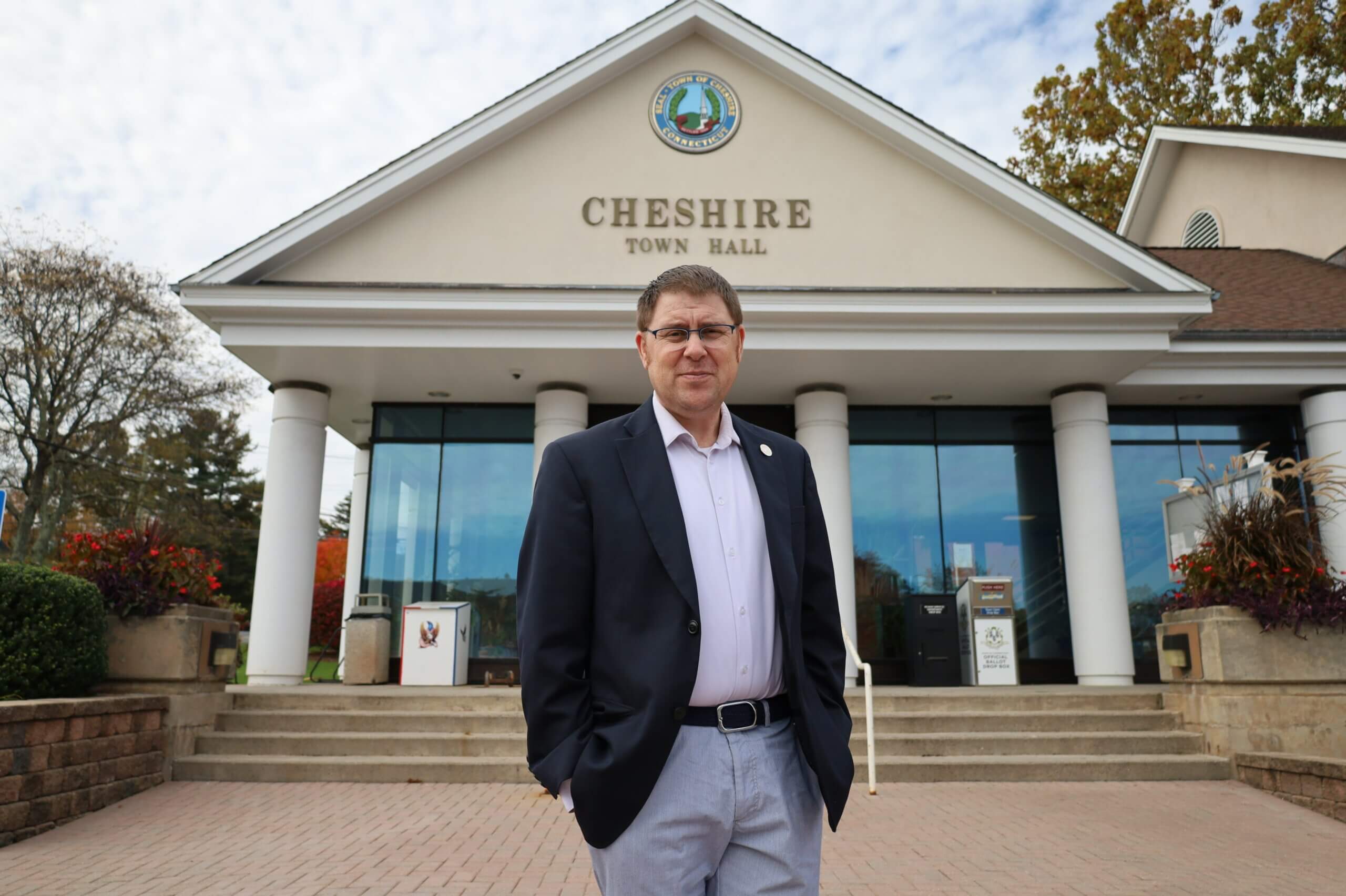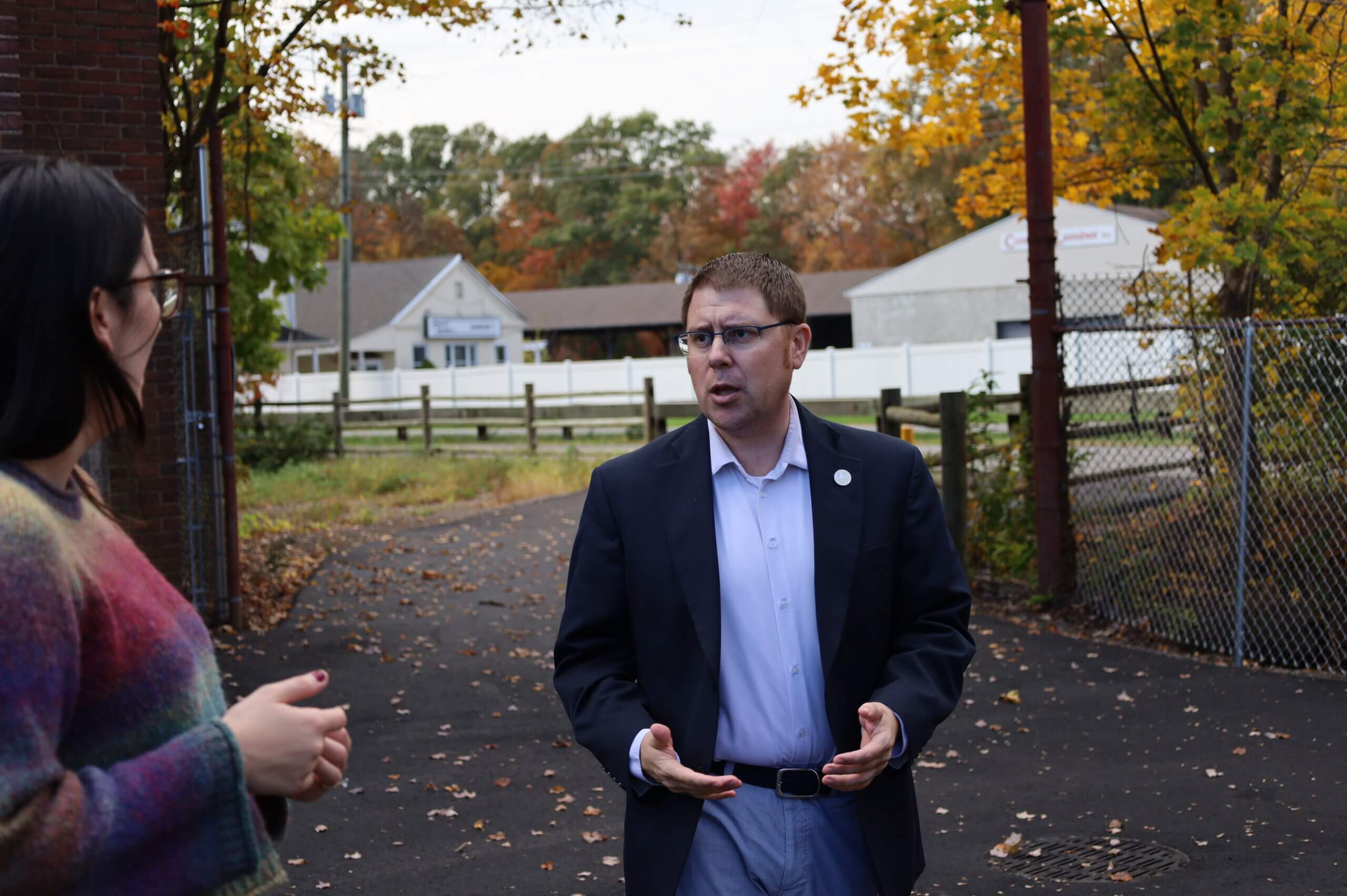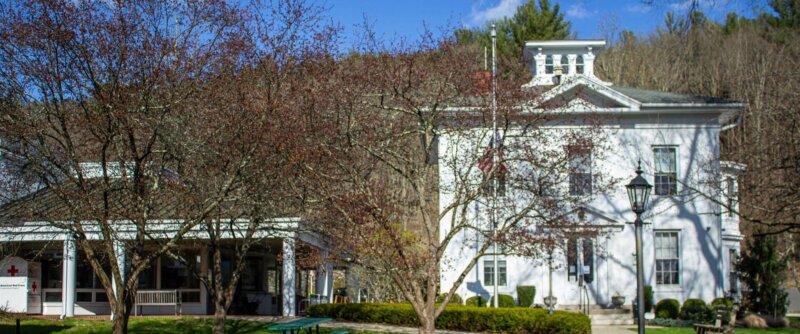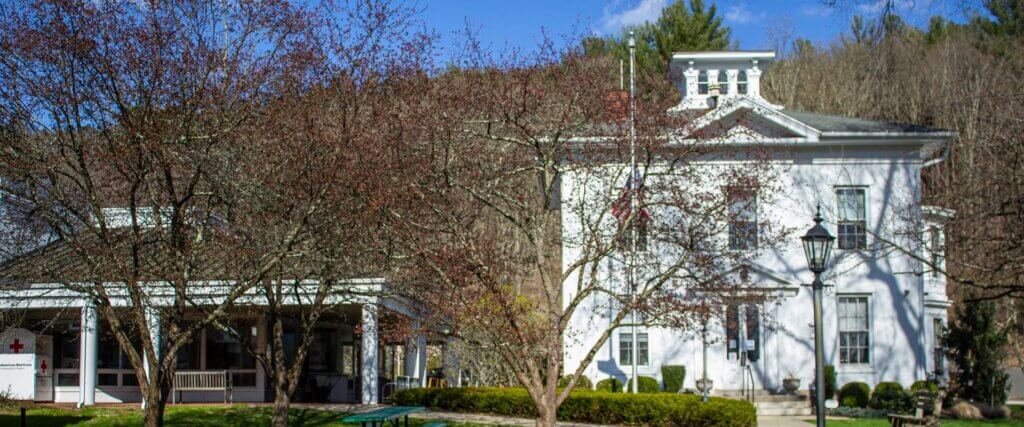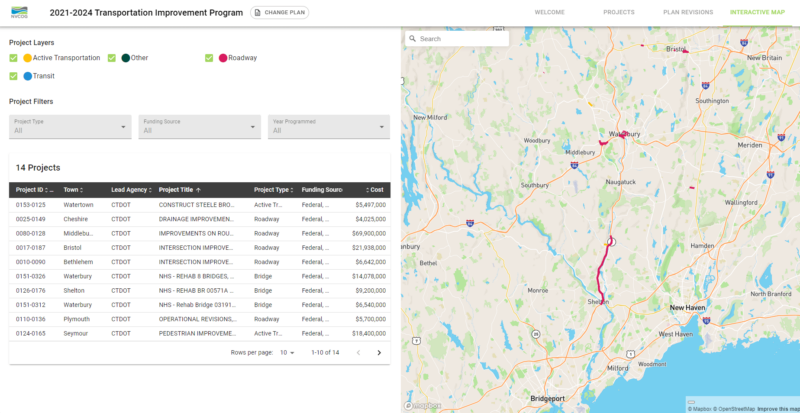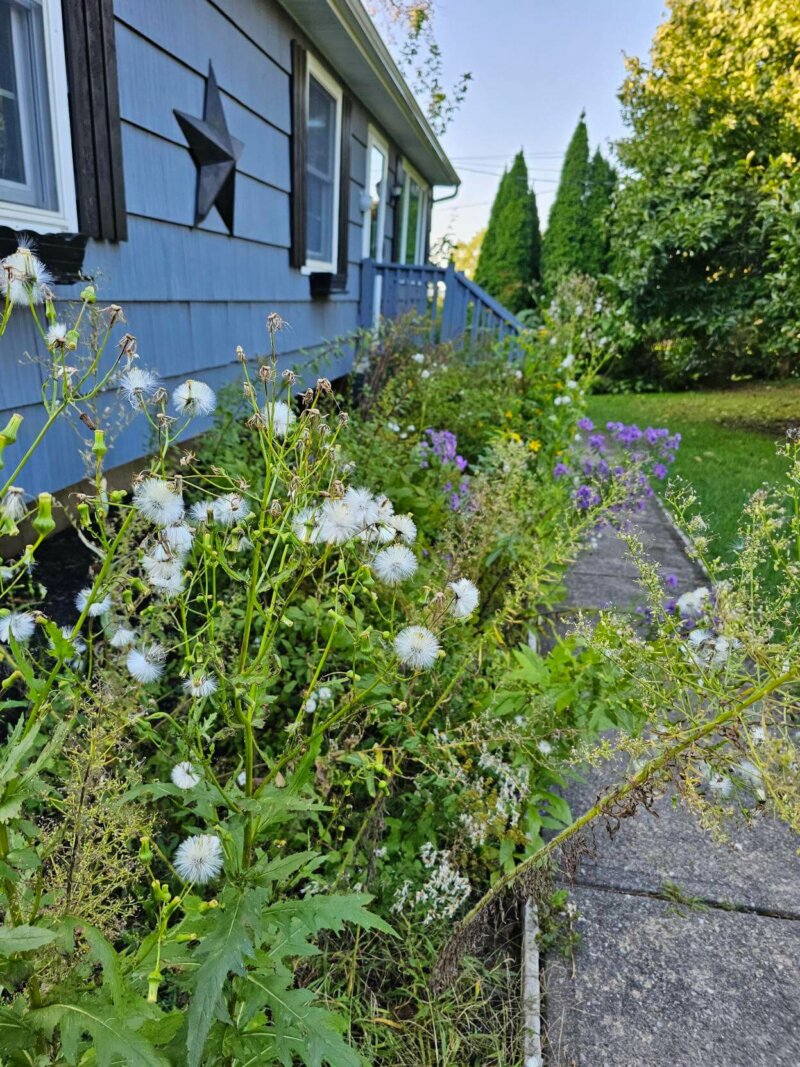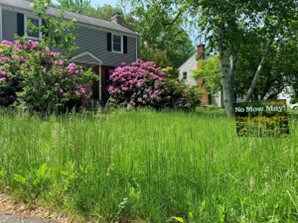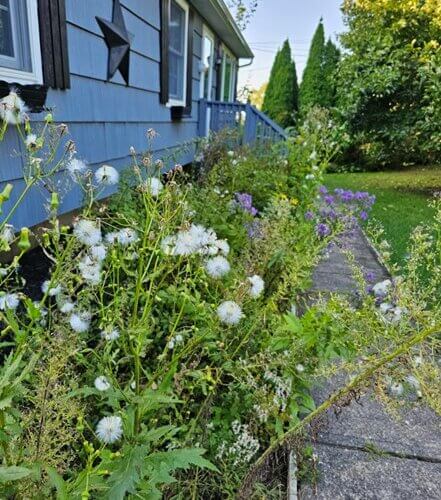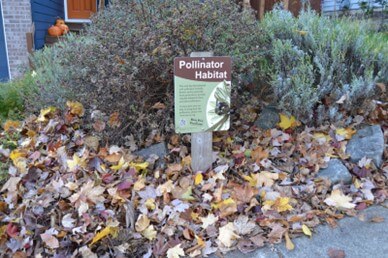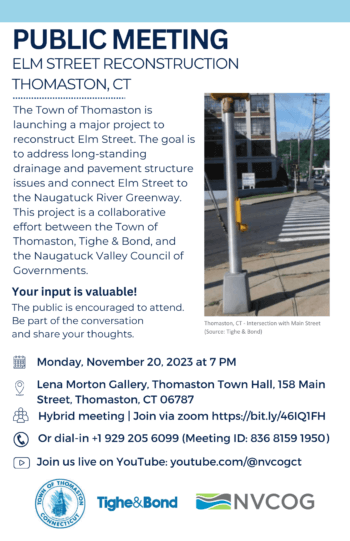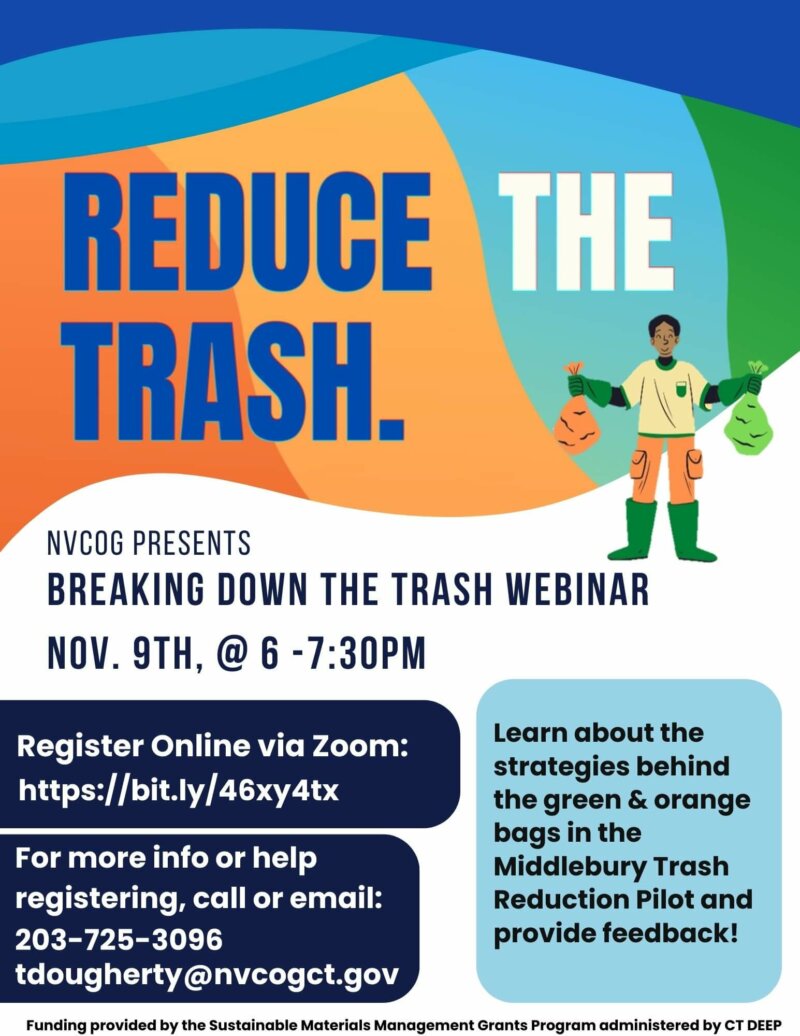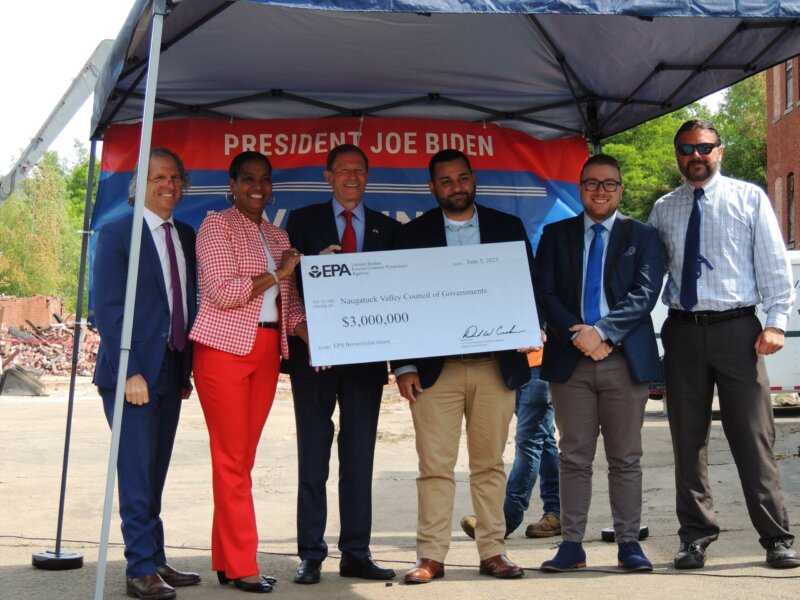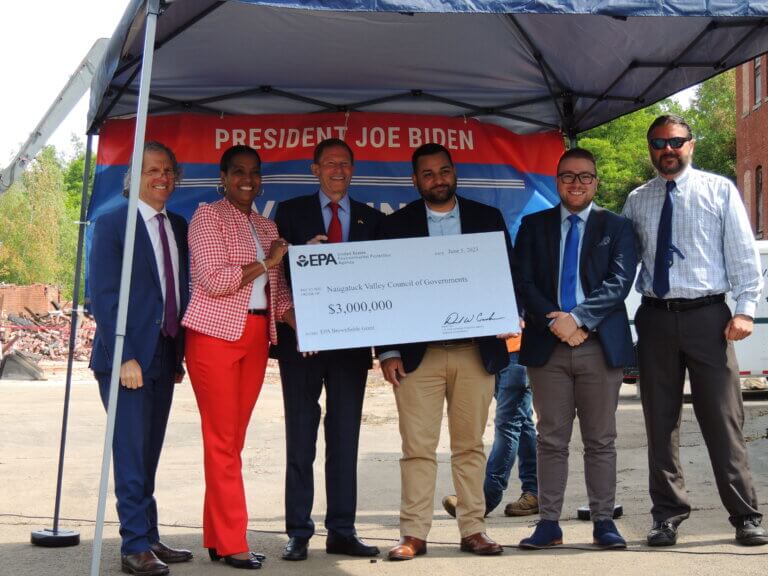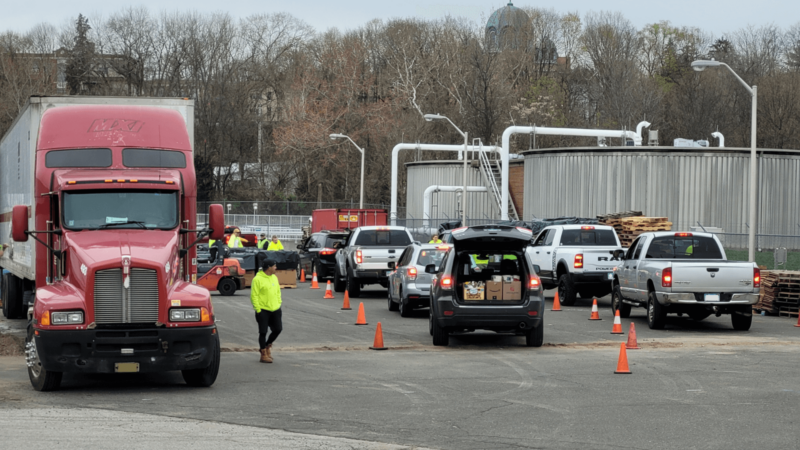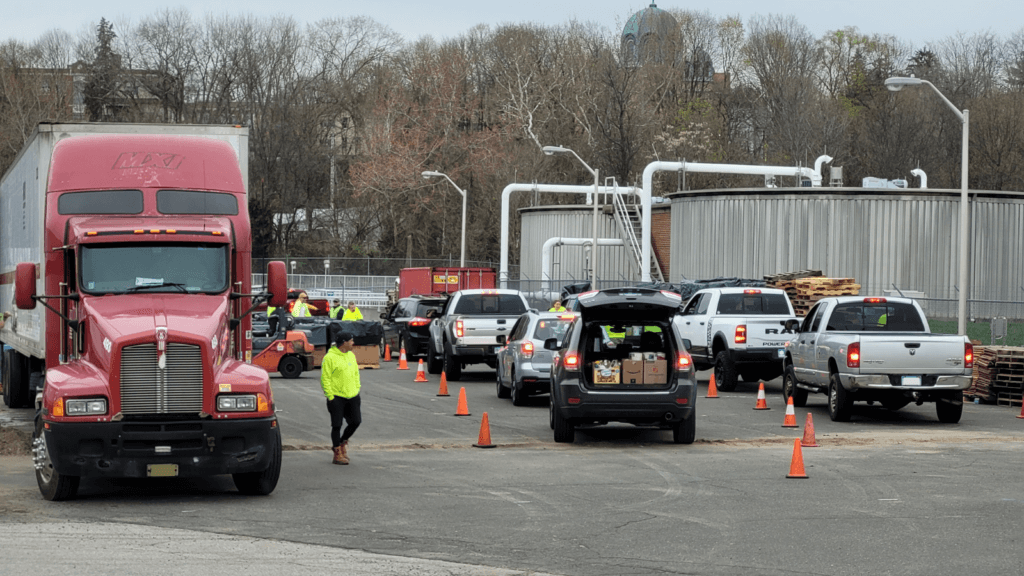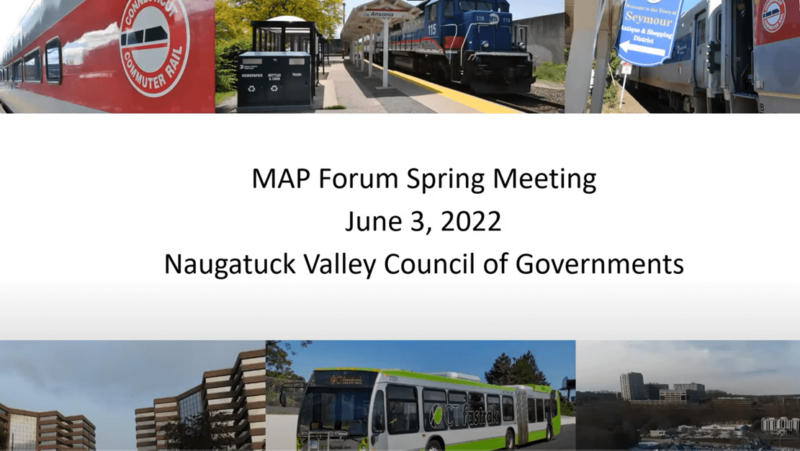Many communities that are under economic stress, particularly those located in areas that have experienced long periods of disinvestment, lack the resources needed to initiate brownfields cleanup and redevelopment projects. As brownfields sites are transformed into community assets, they attract jobs, promote economic revitalization, and transform communities into sustainable and environmentally just places.
Thanks to the historic $1.5 billion boost from President Biden’s Bipartisan Infrastructure Law, EPA’s Brownfields Program is helping more communities than ever before begin to address the economic, social, and environmental challenges caused by brownfields and stimulate economic opportunity, and environmental revitalization in historically overburdened communities.
EPA’s Brownfields Program also advances President Biden’s Justice40 Initiative to direct 40 percent of the overall benefits of certain Federal investments to disadvantaged communities. The Brownfields Program strives to meet this commitment and advance environmental justice and equity considerations into all aspects of its work. Approximately 84 percent of the MARC program applications selected to receive funding proposed to work in areas that include historically underserved communities.
State Funding Breakdown:
Brownfields Multipurpose, Assessment, Revolving Loan Fund, and Cleanup (MARC) Grant Program Selection
The following organizations in Connecticut have been selected to receive EPA Brownfields funding through the Multipurpose, Assessment, Revolving Loan Fund, and Cleanup (MARC) Grant Programs.
Connecticut Metropolitan Council of Governments, of Bridgeport, Conn., has been selected to receive a $500,000 Brownfields Assessment Grant. Community-wide grant funds will be used to conduct environmental site assessments, prepare reuse strategies and to conduct community engagement activities including Brownfield Working Group meetings. The target area for this grant is the City of Bridgeport and the Towns of Easton, Fairfield, Monroe, Stratford, and Trumbull. Priority sites include vacant lots, a former theater, former commercial and industrial storage facilities, a former metal plating and trucking facility, and an illegal landfill.
The Town of East Hampton has been selected to receive a $500,000 Brownfields Assessment Grant. Community-wide grant funds will be used to conduct environmental site assessments, prepare cleanup plans, and conduct community engagement activities. The focus of this grant is East Hampton’s Village Center section of the Lake Pocotopaug Redevelopment Zone. Priority sites include the Summit Thread North mill site, the Summit Thread South site, and the former East Hampton Bell Company site.
The Town of Killingly has been selected to receive $800,000 for a Brownfields Multipurpose Grant. Grant funds will be used to conduct environmental site assessments and cleanup activities at three properties. All three of these properties are located within the City of Killingly’s Enterprise Corridor Zone. Grant funds also will be used to prepare a Community Engagement Plan, conduct quarterly meetings with neighborhood groups, and to conduct other community engagement activities.
The City of New London has been selected to receive a $1,000,000 Brownfields Revolving Loan Fund (RLF) Grant that will be funded by the Bipartisan Infrastructure Law. The grant will be used to capitalize a revolving loan fund from which the City of New London will provide five loans and up to 12 subgrants to support cleanup activities. Grant funds also will be used to support community engagement and outreach activities. RLF activities will focus on the City of New London’s downtown area, which is now blighted and lacking affordable housing and retail options. Six priority sites have been identified, with four ranked as a high priority since they are all contiguous, vacant, and underutilized prime real estate adjacent to Parade Plaza, Union Station, and the New London Waterfront Park. These include the 10,704-square-foot historic former Capitol Theater and the nationally acclaimed Garde Arts Center.
Norwalk Redevelopment Agency, of Norwalk, Conn., has been selected to receive a $2,000,000 Brownfields Cleanup Grant. Grant funds will be used to clean up the Webster Street Lot located at 55 Dr. Martin Luther King Drive, currently contaminated with metals, petroleum, and volatile organic compounds. Grant funds also will be used to support community outreach activities.
The City of Waterbury has been selected to receive a $1,000,000 Brownfields Cleanup Grant. Grant funds will be used to clean up the Brass City Food Hub site at 777 South Main Street, currently contaminated with a variety of substances including petroleum, polycyclic aromatic hydrocarbons, inorganic contaminants, and heavy metals.
You can read more about this year’s MARC selectees.
Non-competitive Supplemental Funding Through the Existing Revolving Loan Fund (RLF) Grant Program
The Agency is announcing $3,000,000 in non-competitive supplemental funding to one successful existing Revolving Loan Fund (RLF) Grant program that has already achieved success in its work to clean up and redevelop brownfields sites. RLF Grants provide funding for recipients to offer loans and subgrants to carry out cleanup activities at brownfields sites. The funding announced today will help communities continue to address the economic, social, and environmental challenges caused by brownfields sites. The following Connecticutorganization has been selected to receive non-competitive supplemental funding for its existing RLF program.
- Naugatuck Valley Council of Governments ($3,000,000) In addition to the $11,099,850 in EPA funds already awarded, the Naugatuck Valley Council of Governments Brownfield Revolving Loan Fund (RLF) has been selected to receive an additional $3,000,000 through the Bipartisan Infrastructure Law (BIL) because it has a high-performing RLF program with significantly depleted funds. The RLF program has successfully made loans or subgrants leading to 22 cleanup projects that are either completed or in progress. Potential projects highlighted for use of the BIL funding include 526 North Main Street in Waterbury and two Uni-Royal parcels in Naugatuck. The BIL funding will extend the capacity of the program to provide funding for more cleanups in the most underserved areas in the Naugatuck Valley Region.
Read more about this year’s RLF recipients.
Brownfields Technical Assistance Provider for New England
EPA is also announcing funding selection for two Brownfields technical assistance opportunities. The Technical Assistance to Brownfields (TAB) selectees provide specialized technical knowledge, research, and training to help stakeholders understand brownfields-related subject matter, and guide them through the brownfields assessment, clean-up, and revitalization process. This assistance is a key part of the Biden-Harris Administration’s commitment to advance economic opportunities and address environmental justice issues in underserved communities. This technical assistance is available to all stakeholders and comes at no cost to communities. The two funding opportunities announced today include the following:
EPA selected the University of Connecticut (UConn) to receive $5,000,000 to provide training and technical assistance to communities across the state under the Technical Assistance to Brownfields (TAB) Communities Program. This funding comes entirely from the historic $1.5 billion investment from President Biden’s Bipartisan Infrastructure Law. Read more about this year’s TAB selectees.
EPA is also expanding the scope of its technical assistance offerings under the Brownfields and Land Revitalization Program to include three new subject-specific grants totaling $2 million in three areas, including providing technical assistance to nonprofits seeking to reuse brownfields; provide research, outreach, and guidance on minimizing displacement resulting from brownfields redevelopment; and providing outreach and guidance on land banking tactics for brownfields revitalization. Read more on the Brownfields Technical Assistance and Research cooperative agreement recipients.
More information about Brownfields Technical Assistance and Research.
Additional Background:
EPA has selected these organizations to receive funding to address and support the reuse of brownfields sites. EPA anticipates making all the awards announced today once all legal and administrative requirements are satisfied.
EPA’s Brownfields Program began in 1995 and has provided nearly $2.37 billion in Brownfields Grants to assess and clean up contaminated properties and return blighted properties to productive reuse. EPA’s investments in addressing brownfields sites have leveraged more than $36 billion in cleanup and redevelopment. Over the years, the relatively small investment of federal funding has leveraged, from both public and private sources, nearly 260,000 jobs. Communities that previously received Brownfields Grants used these resources to fund assessments and cleanups of brownfields, and successfully leverage an average of 10.6 jobs per $100,000 of EPA Brownfields Grant funds spent and $19.78 for every dollar.
The next National Brownfields Training Conference will be held on August 8-11, 2023, in Detroit, Michigan. Offered every two years, this conference is the largest gathering of stakeholders focused on cleaning up and reusing former commercial and industrial properties. EPA co-sponsors this event with the International City/County Management Association (ICMA).

